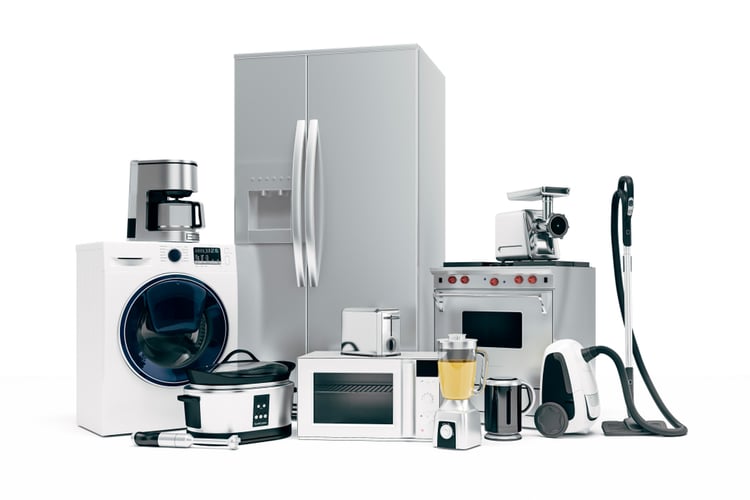Electric heaters are often considered a “safer” option than combustion heaters as they do not burn any fossil fuels within your property. This is partially true, as electric heaters do not release harmful combustion gases like carbon monoxide . However, we must not forget that they operate at high temperatures and powers. There are three important requirements if you want to minimize the risk of fire:
- Only use devices with certification marks such as UL or ETL.
- Make sure your electrical wiring is designed and installed correctly, with adequate protections for each circuit.
- Follow the instructions provided with each device and use them only for the intended applications.
According to the FDNY, the deadly fire that broke out in a Bronx apartment building on January 9 was triggered by a portable electric heater. The building's heating system was operating normally and the portable heater was used to provide additional heat to a bedroom in a duplex apartment. The flames did not extend beyond the apartment and hallway, but smoke spread throughout the building.
Get a professional electrical design. Improve your building's fire safety and energy efficiency.
Even when using an electric heater, fire safety cannot be ignored. Here we will discuss some fire safety recommendations for electric heating systems, which also apply to electrical devices in general.
1) Look for electrical equipment and appliances with certification marks

The certification mark provides proof that a device has been successfully tested under rigorous laboratory conditions in accordance with accepted standards and regulations. The following are some examples of certification marks that are widely recognized around the world:
- UL – Underwriter Laboratories
- ETL-Intertek
- CSA – Canadian Standards Association
- CE – European Conformity
Before purchasing an appliance, make sure it has an accepted certification mark. UL is the most popular certification mark in the US and Underwriters Laboratories has its own standards. However, the ETL brand follows the same standards as UL, which makes it equivalent from a technical point of view. The UL mark is more widely recognized, but many manufacturers often apply for the ETL mark to label their products more quickly.
2) Make sure your electrical wiring and protections are properly designed and installed

Professional electrical design not only improves fire safety in your building, but also energy efficiency. However, you must also make sure that the wiring and protective devices are installed by a qualified electrician. The following are some of the most important requirements for a safe electrical system:
- All feeders and branch circuits must have wiring with sufficient current-carrying capacity and reliable insulation. The installation must also include a grounding conductor.
- The building's wiring system must use conduits and channels with appropriate dimensions and material properties.
- All circuits must be equipped with appropriate protection devices, which must be selected based on the types of equipment powered by each circuit. For example, the protection requirements of an electric motor are different from those of lighting fixtures.
The National Electrical Code (NEC) NFPA 70 is widely used as a reference by states and cities in drafting their local building codes. The NEC is also recognized internationally and many countries have electrical codes based on it.
3) Use electrical appliances only for their intended applications
Even with certified appliances and code-compliant wiring, a fire can start due to incorrect use. The UL label and other certification marks apply only when electrical devices are used as intended by the manufacturer. When these devices are not used according to their design, fire safety cannot be guaranteed.
Keep in mind that many types of electrical equipment require professional installation and are not intended for DIY projects. Even high-quality equipment can become dangerous when not installed correctly and manufacturers will typically void their warranties in this case. Depending on local requirements, you may also need a permit before installing certain types of equipment.

